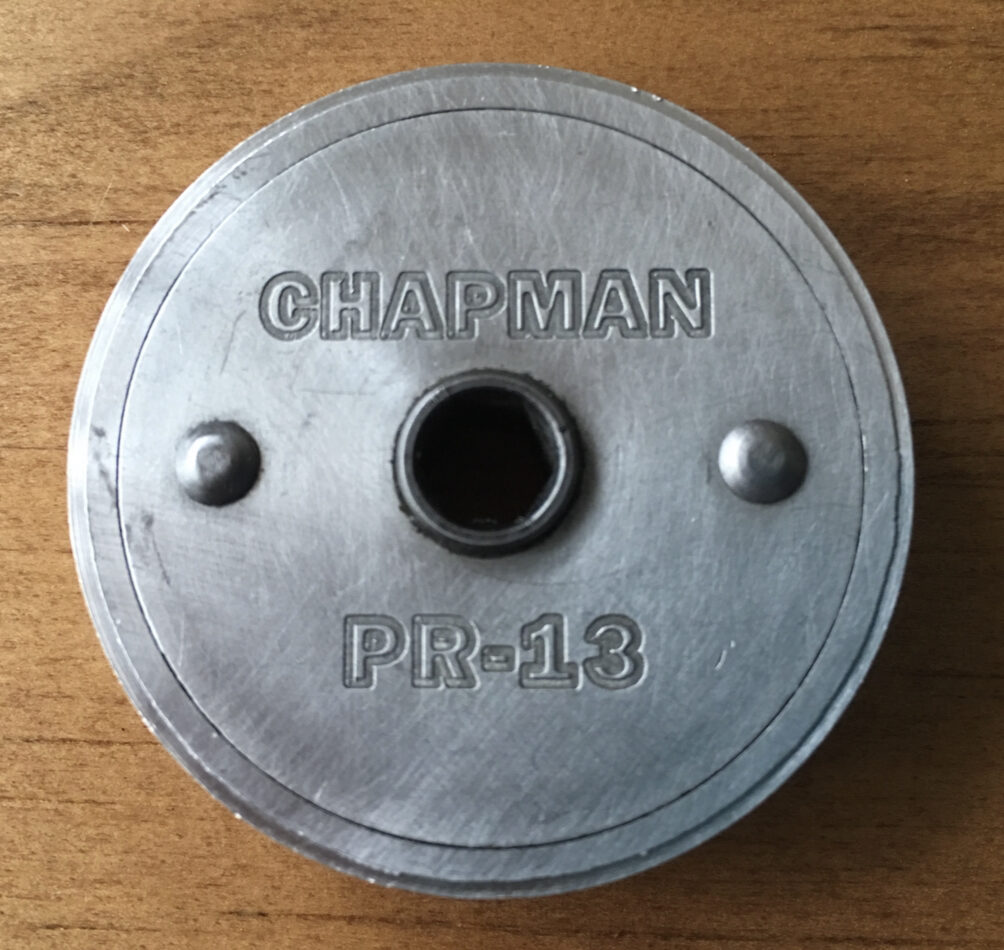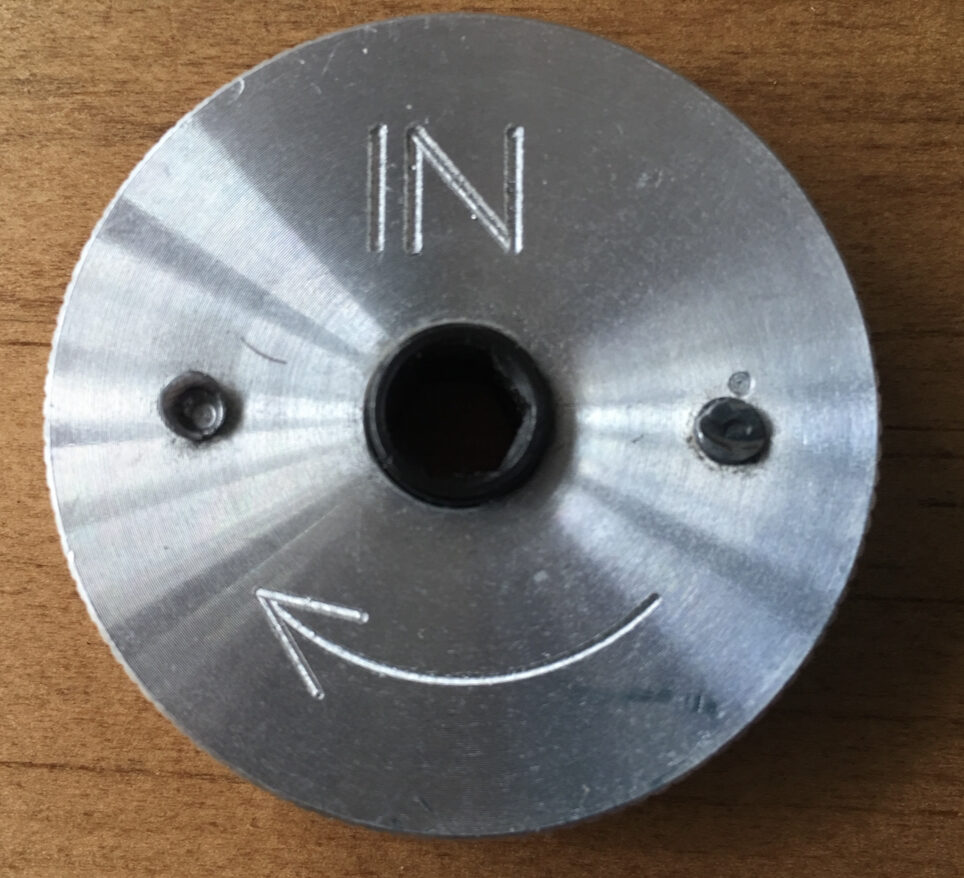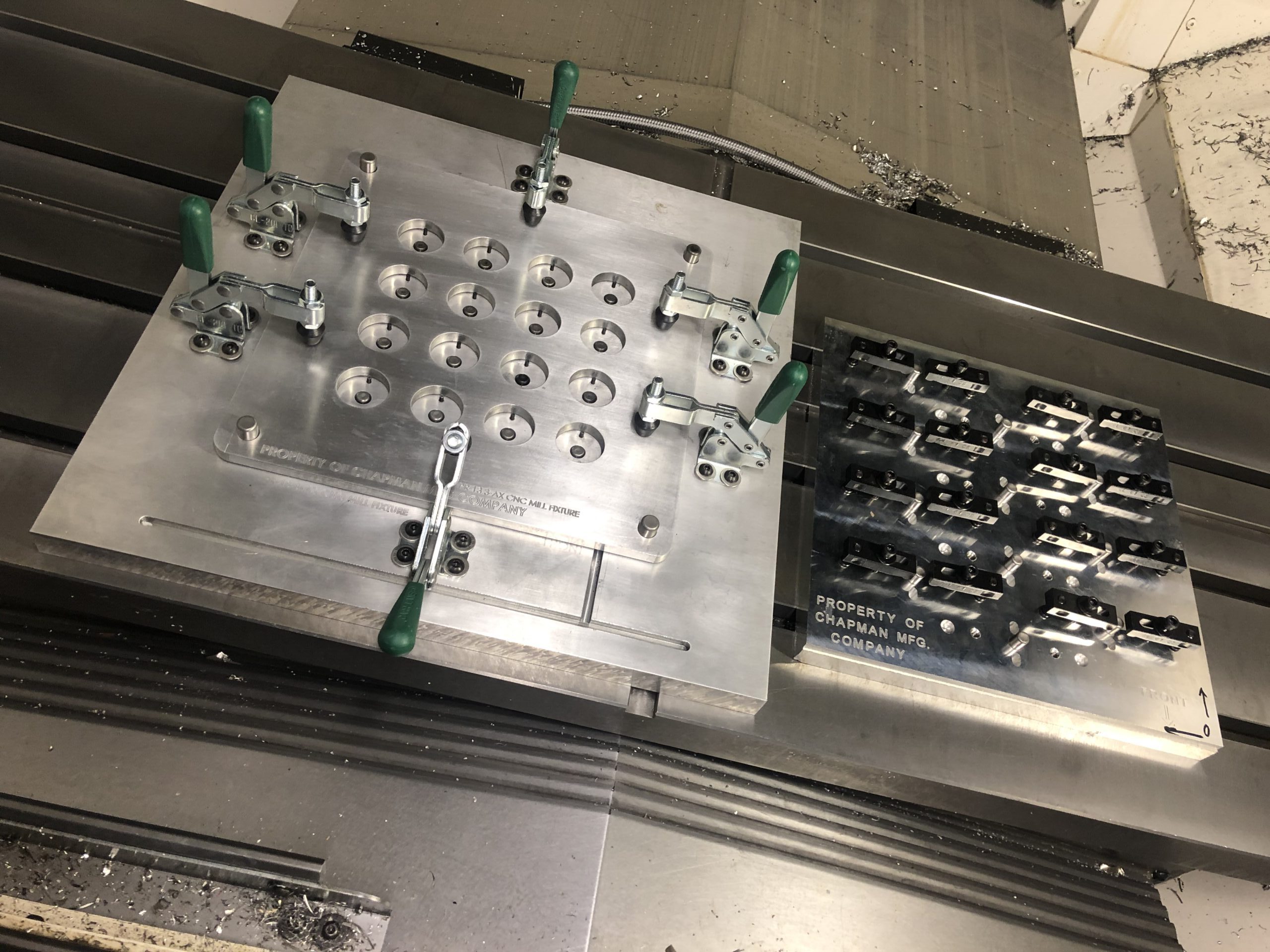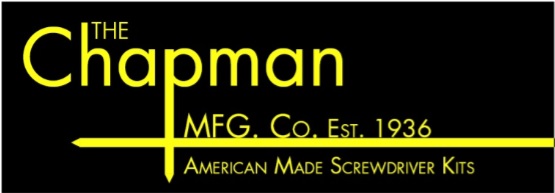
Figure 1

Figure 2

Team 12
Team Members |
Faculty Advisor |
Samuel Collin |
Thomas Mealy Sponsor Chapman Manufacturing |
sponsored by

Our sponsor, Chapman MFG Co., is a family-owned company that makes high quality sets of tools that are proudly made in the USA. The project given to our team has the ultimate goal of bringing their new product, a tool called the palm ratchet, to market. A palm ratchet is a small tool, approximately 2 inches in diameter, that is meant to be an everyday carry tool that can comfortably loosen or tighten various fasteners. The steps required of our team to accomplish this goal include the prototyping and design, analysis, fixturing, quoting, and scheduling. For prototyping and design, we have created multiple SolidWorks models for the Palm Ratchet and Fixtures to determine the most effective ways to process these parts. We then manufactured prototypes of our final Ratchet design and fixtures for use in their manufacture. In trying to minimize the cost and maximize the capabilities of our fixtures for our sponsor, we generated fixtures that utilized lean manufacturing techniques, and in one case, were able to manufacture a multipurpose fixture that works for two of Chapman’s part numbers. To test the capabilities of the ratchet design, we ran torque tests on the completed prototypes, through both ANSYS simulations and live testing. To coordinate the manufacture of the production lots of the ratchets, we sent requests for quotes, or RFQs, to many shops in the local area to compare costs of production for the finished products. Determination of the required machine tolerances for proper fit, function, and lowest manufacturing costs were determined through prototyping, model comparisons and our responses for RFQs. Our team is also working on a mini ratchet that is ~30% smaller than the original. Although following basically the same process as the normal palm ratchet, the mini ratchet is a smaller tool which required the process to accommodate for machining in tighter spaces. This required us to consider clearance for tooling requirements for the mini ratchet features much closer. We needed to make changes to our fixture concepts, part holding techniques and tooling diameters and machining orders to account for the smaller machining areas and radii on the mini ratchet. We were, however, able to test the capabilities of the mini ratchet in the same fashion as the original palm ratchet.
